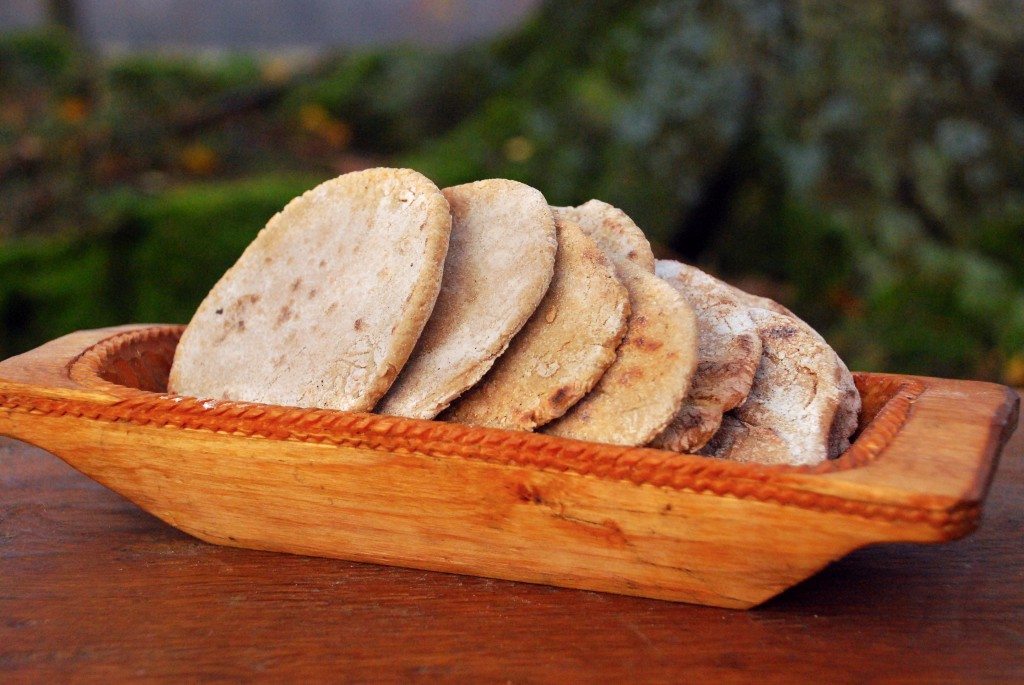

Simple clothes for Viking man and woman
Image and Abstract retrieved on 12/01/2022 from norse-mythology.org
Viking clothing were made from wool and flax or other animal fibers and plants like hemp. Their clothes were fastened with belts and brooches. Men typically wore a shirt, tunic and trousers. In cold weather, they draped heavy cloaks over their shirts for extra warmth. Women, however, wore a long dress with a shorter, suspended dress or pinafore over it.

Image and Abstract retrieved on 12/01/2022 from www.hurstwic.com
Boots and shoes were made of goatskin or calfskin, and were tied around the ankle.

Skyr - Yogurt in the Viking Age and today
Image retrieved on 12/01/2022 from commons.wikipedia.com
Skyr, a kind of yogurt, was a common dairy product the Vikings ate and is still produced and consumed today in the Scandinavian countries, especially in Iceland. Skyr would be flavored with berries, apples, or other fruits as well as with grains.
Image and Abstract retrieved on 12/01/2022 from bbc.co.uk/bitesize
The Vikings lived in longhouses (langhús), which were typically 5 to 7 meters wide and anywhere from 15 to 75 meters long depending on the importance of the owner. The longhouses were built around wooden frames on simple stone footings. Walls were constructed of planks, of logs, or of wattle and daub (woven sticks, covered with mud to keep out the wind and rain). There were no windows but there were holes or vents in the roof for letting in light and letting out smoke.

Image and Abstract retrieved on 12/01/2022 from skjalden.com/viking-houses/
Longhouses were usually one room homes with a cooking fire in the middle and everyone in the family cooked, ate, worked and slept all together.
Common Food that Vikings ate
Despite popular belief, the Vikings did not have a diet comprised mainly of meat. They mainly ate food that they could grow, gather or hunt, such as:

Flatbread made from grains
Image retrieved on 12/01/2022 from etc.ancient.eu
The Vikings also made bread using grains, seeds or nuts like oats, rye and wheat. The bread dough was usually flattened and cooked on heated stones or frying pans over a fire. Flatbread were often used as plates to absorb sauce from food and then eaten afterwards.

Image retrieved on 12/01/2022 from metmuseum.org

Image retrieved on 12/01/2022 from dkfindout.com